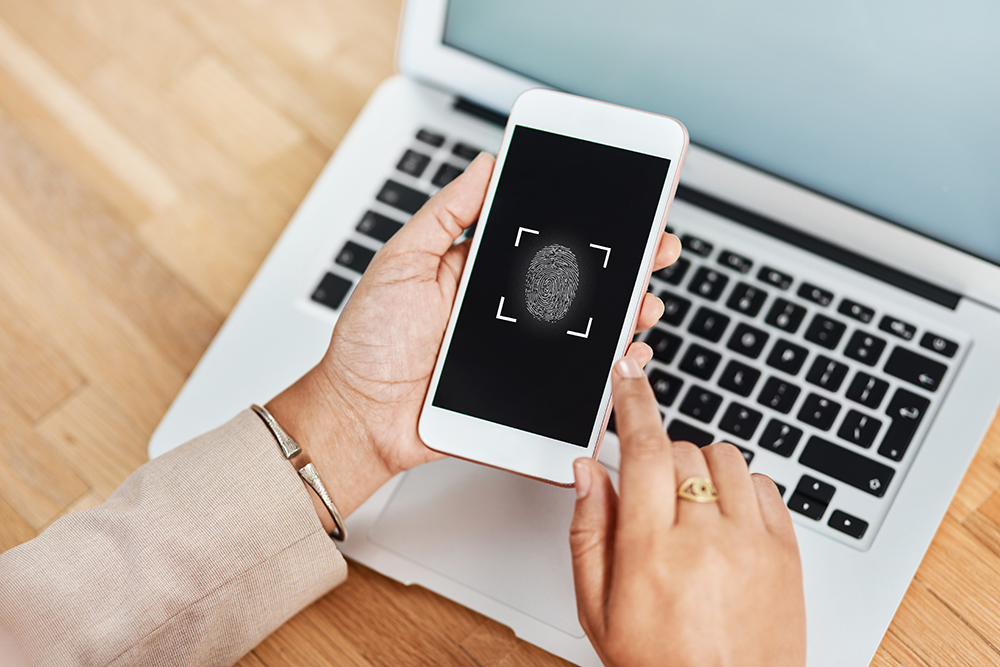
Deepfake Deception
Deepfakes are the ‘new face’ of fraud.
Do you recall back in 2020 when there was a broadcast of Queen Elizabeth II delivering a weird Christmas speech with a viral dance challenge? Of course the dance made us suspicious of the video, because would the actual queen participate in such an activity?
As it turned out, the channel which did the broadcast orchestrated the deepfake video and alternative Christmas message to warn us about the advanced technology’s ability to enable misinformation and foster fake news. So, it was never the queen in the video but a video designed to make us believe it was her.
Deepfakes are digital manipulations of synthetic media content (videos, images, sound clips) that show people doing or saying something that never existed or happened in the real world.
Similar deepfake videos have surfaced involving other popular persons, such as former US President Barrack Obama, and just this month the technology was used to pull off a major scam in Hong Kong.
Deepfakes are intended to deceive people, but there are ways you can spot them.
- Look for inconsistencies in facial expressions and movements. Examine if the subject’s facial expressions, blinking patterns, spoken words or other movements appear unnatural or out of sync with the audio. Deepfake technology may not always perfectly synchronise audio with the video.
- Analyse the lighting and shadows in the video. Look for any unusual lighting and shadows.Deepfake content may have inconsistencies in lighting that can reveal manipulation.
- Check for distorted or blurred edges around the subject’s face, especially near the hairline or the chin. Blurry or misaligned edges are indications of digital manipulation.
- Look for strange patterns, reflections, or anomalies. Deepfakes may introduce inconsistencies in the background or surroundings. Also look out for audio glitches, background noise, or changes in voice tone that may signal audio manipulation.
- There are several online tools and software applications available to identify deepfake content. You can also use these tools to analyse media for potential manipulation.
Always be skeptical about the digital content you come across and consult others, including your security experts, if they raise a red flag. Always verify instructions and requests received by audio, video and in images before acting on them.
Check out more stories like this

Pay Attention! Expert Calls Jamaicans to Heed Mental Wellness of Men and Boys
Mental health expert Dr Marlon Simpson is calling for urgent...

When Push Comes to Shove! Protect Yourself from MFA Fatigue Attacks
Multi-Factor Authentication (MFA) is one of the best ways to...

Salvation Army, Harvest Time and Cooreville Benefit from JN’s Labour Day Efforts
In observance of this year’s Labour Day, the JN Circle...